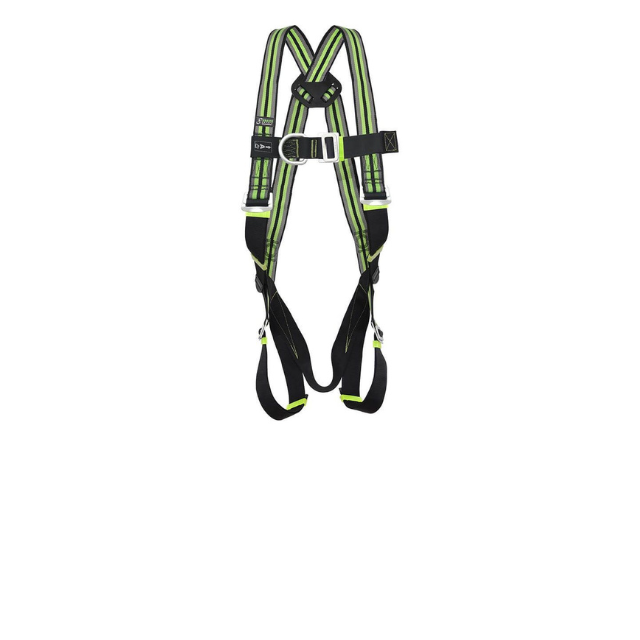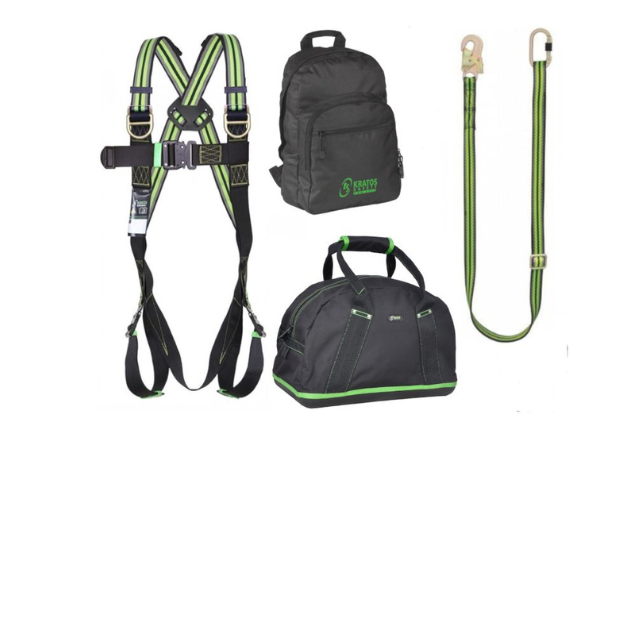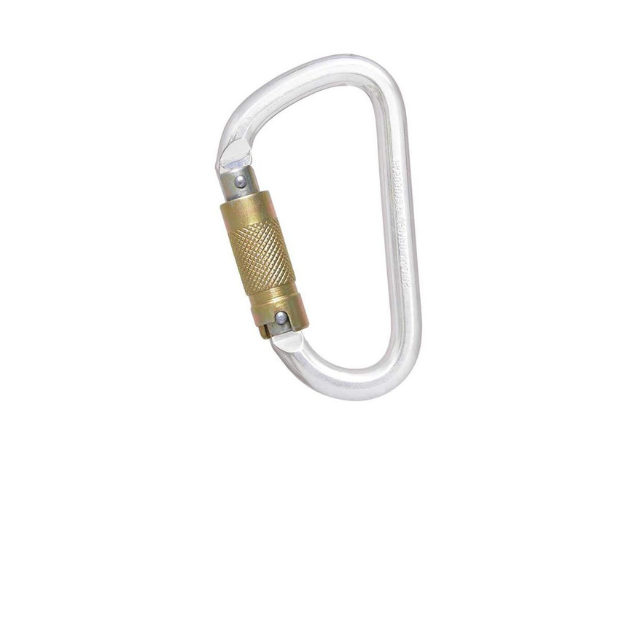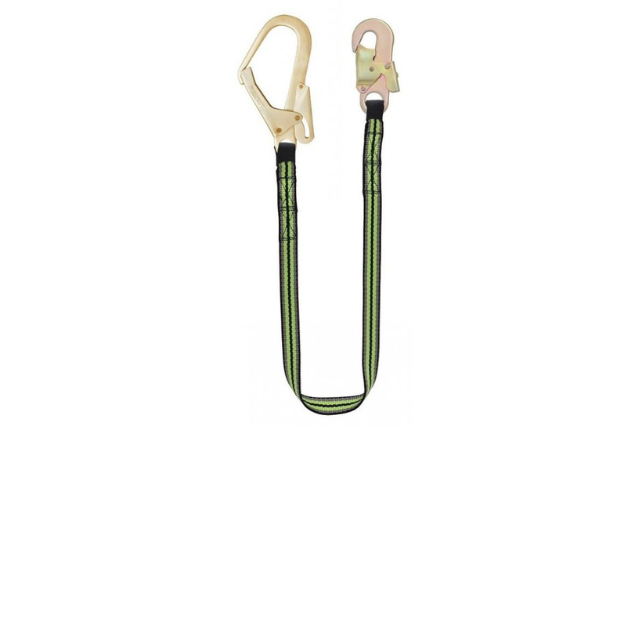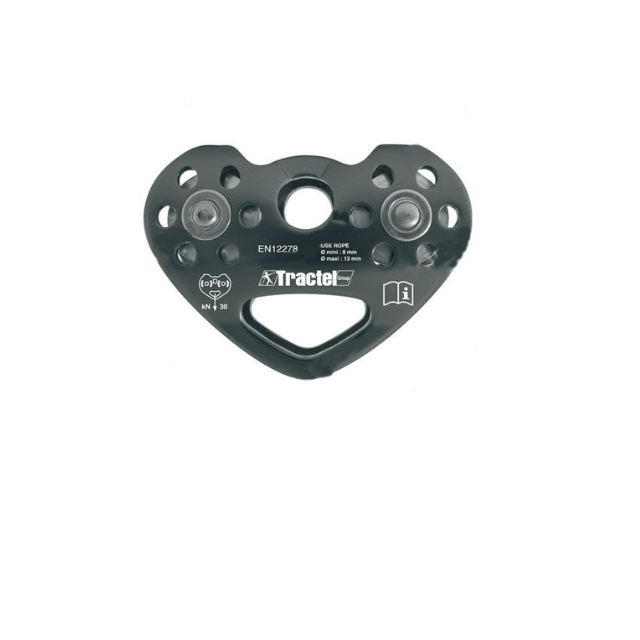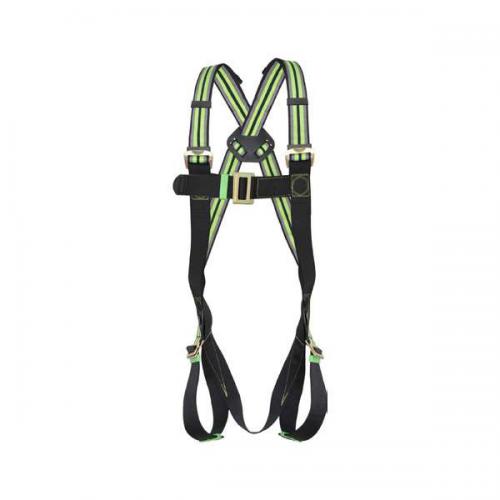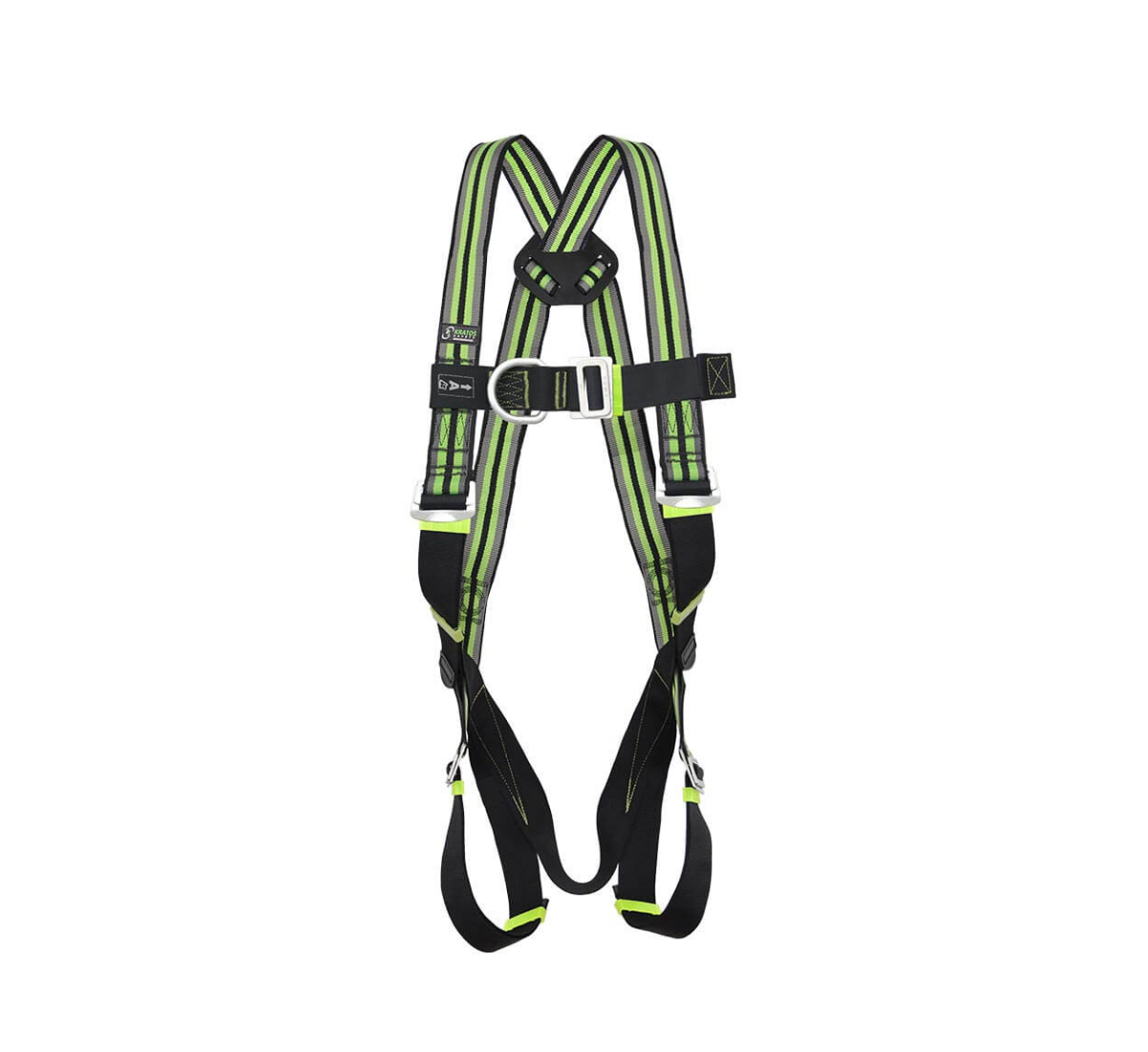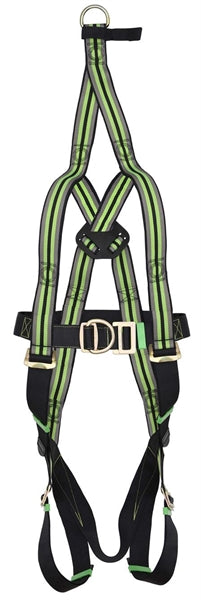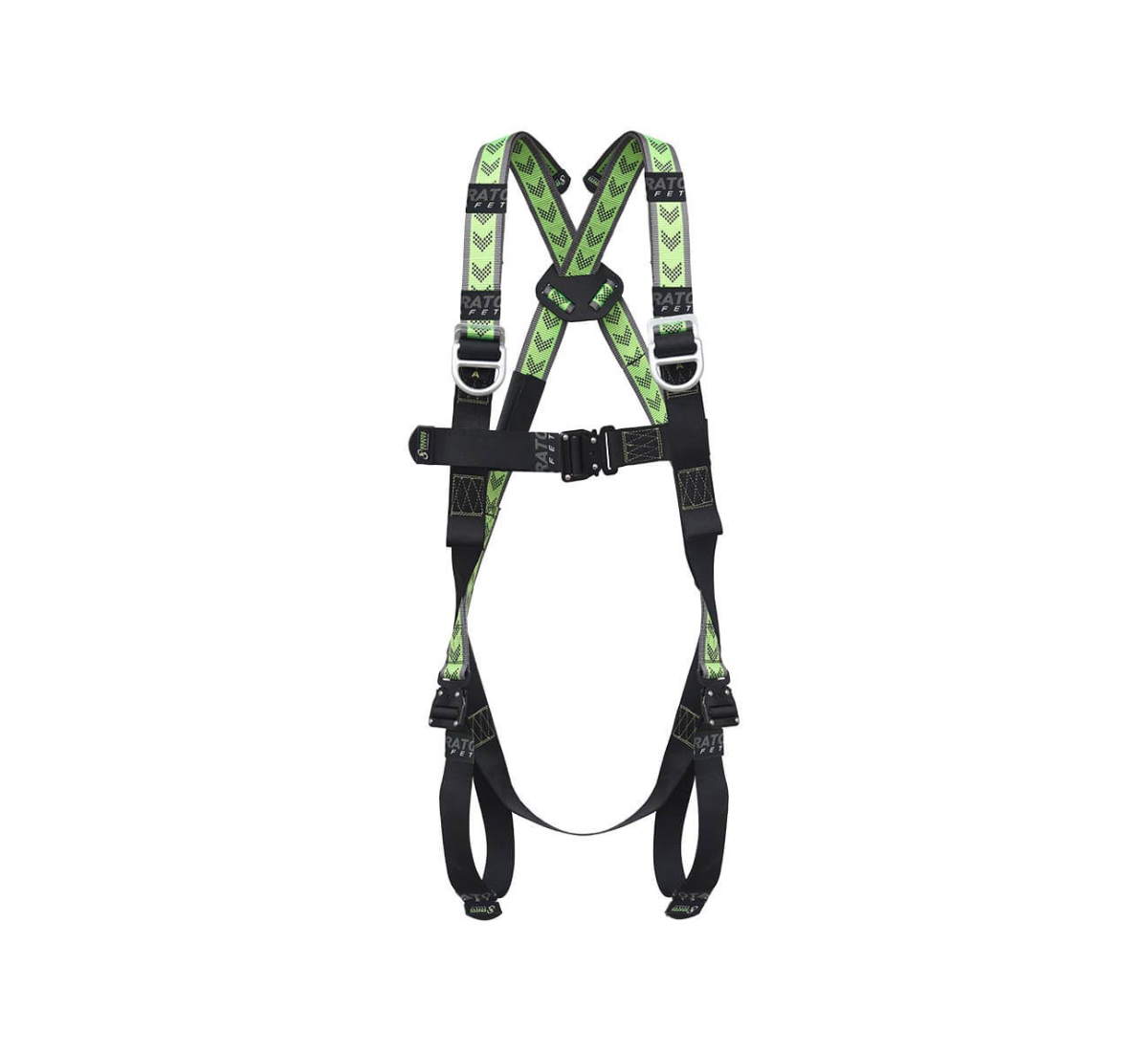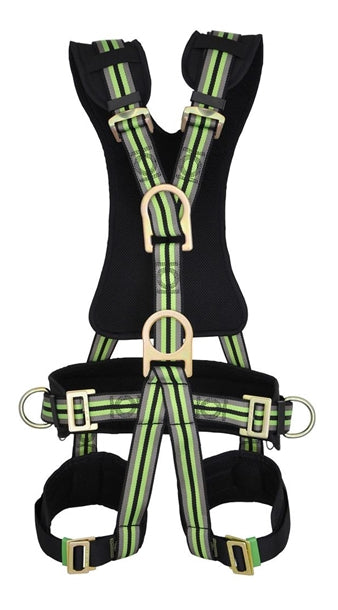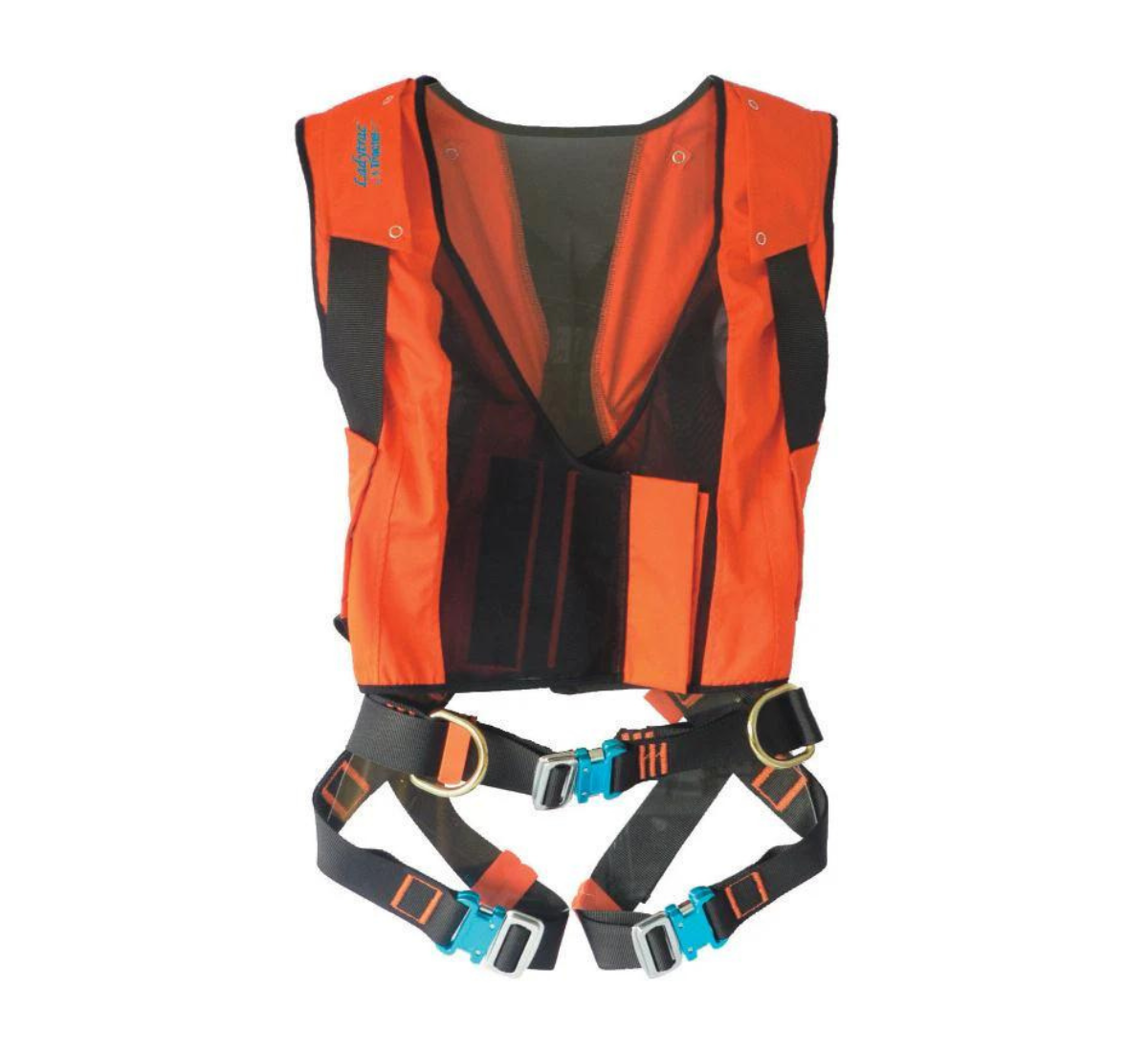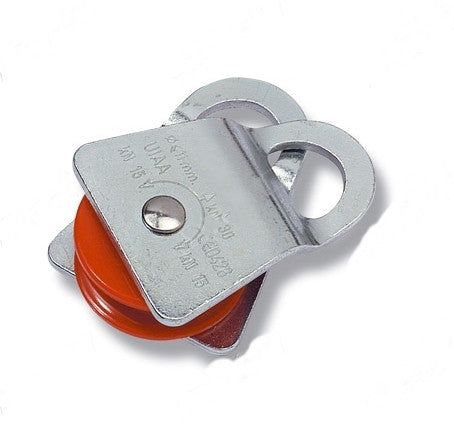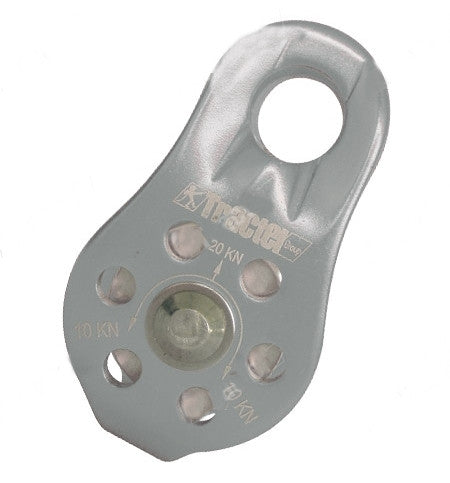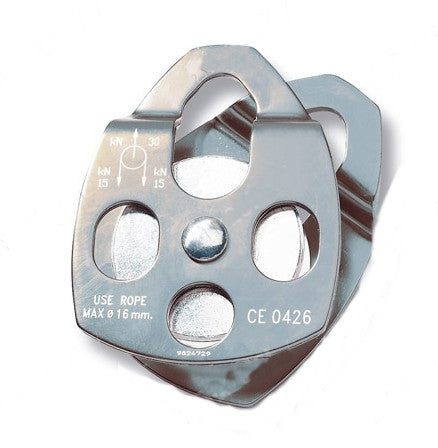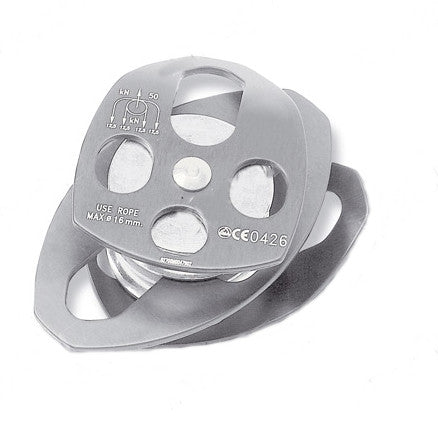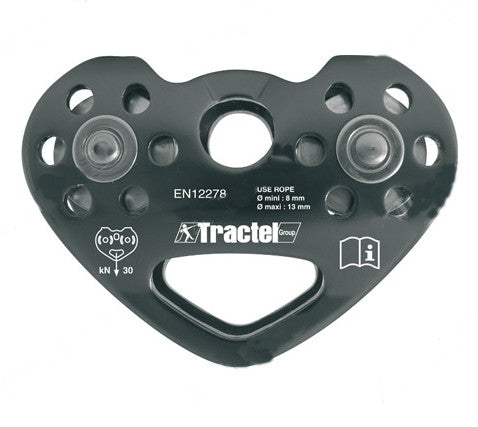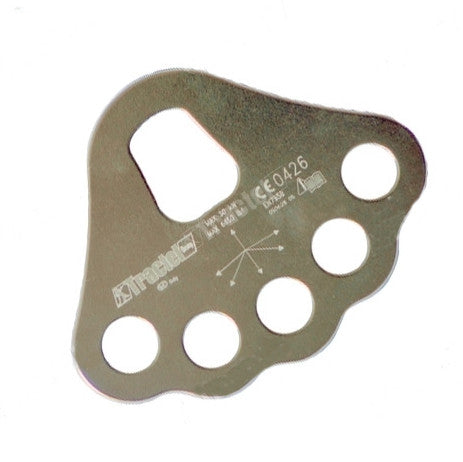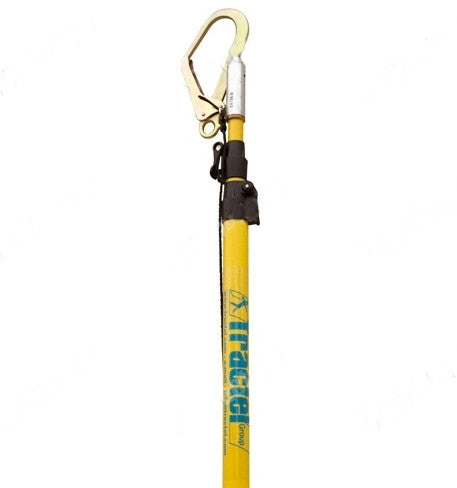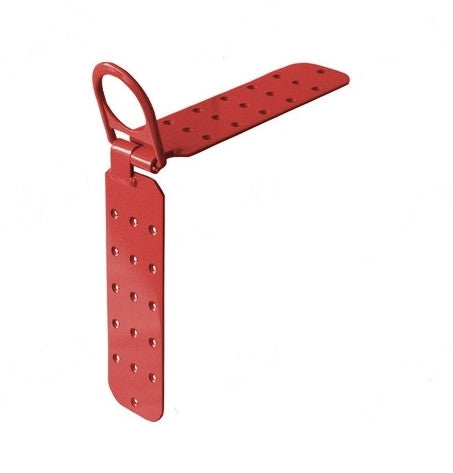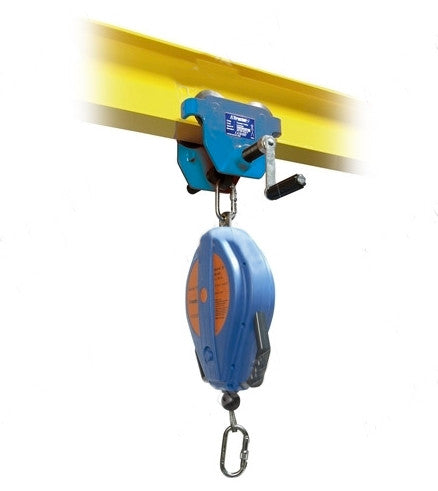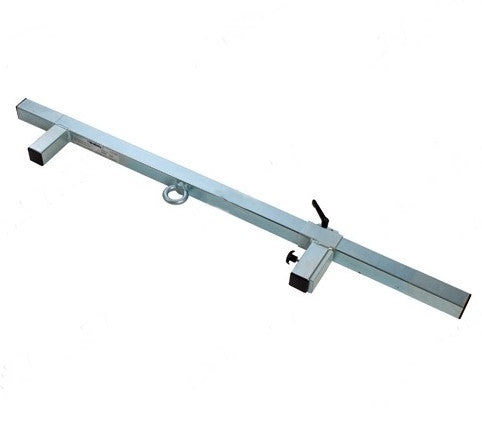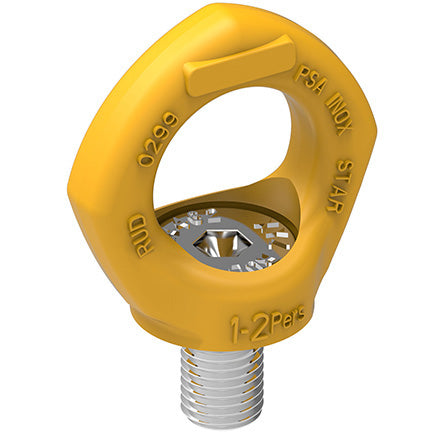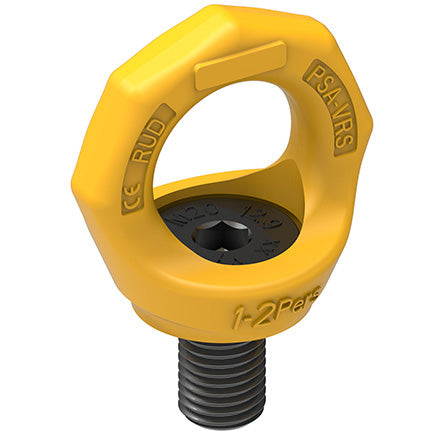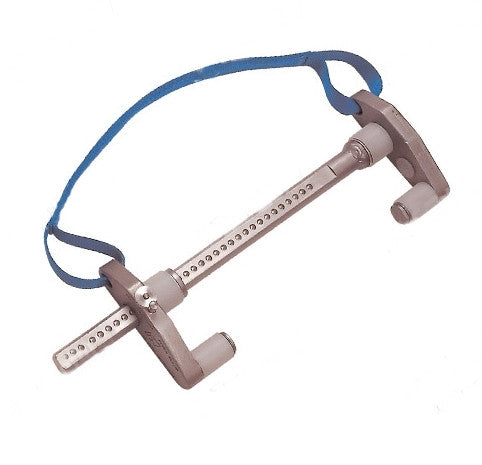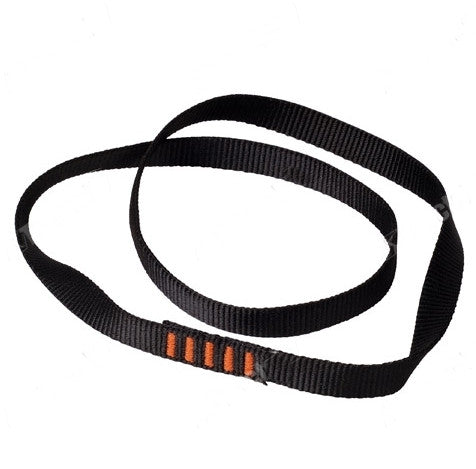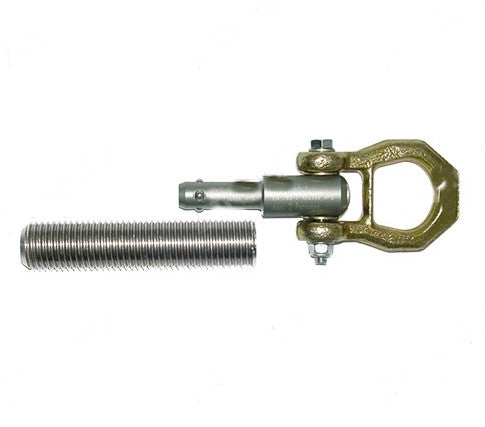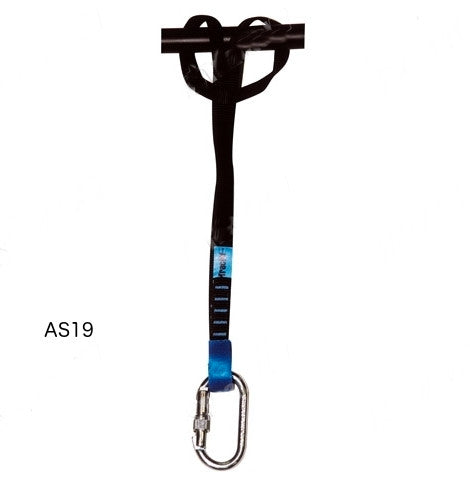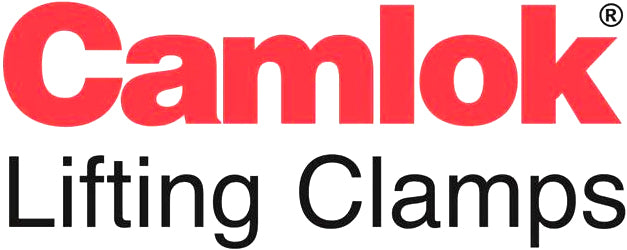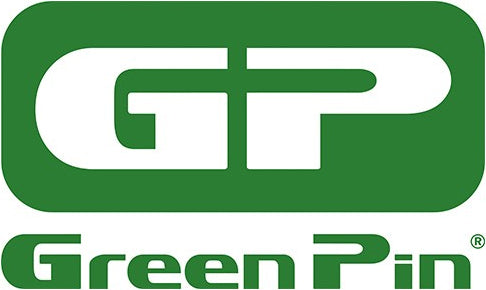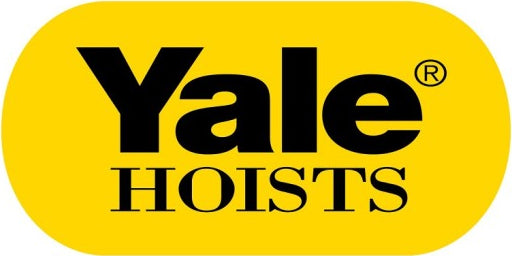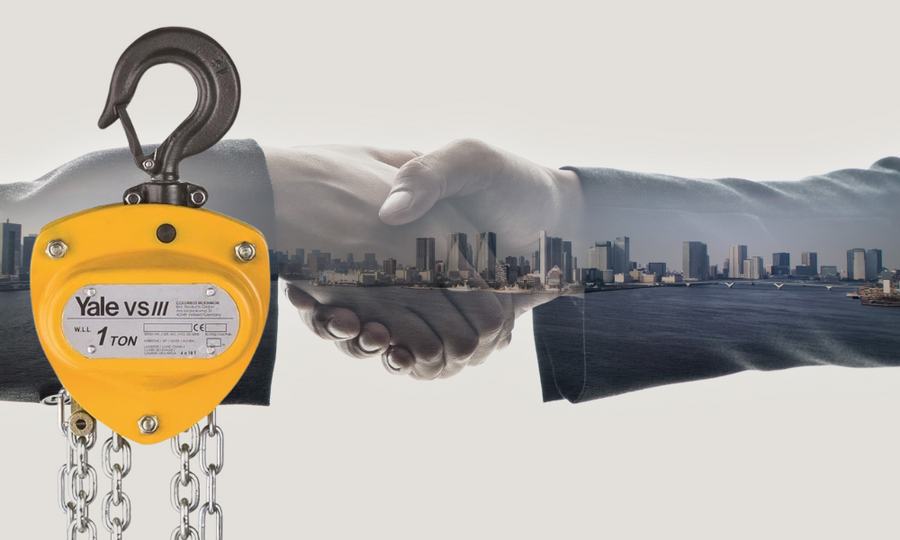Working at Height Sectors
Working at height scenarios present a set of unique challenges and risks that require truly careful consideration and preparation. No matter what industry you’re in, when performing tasks at elevated positions ,strict adherence to safety protocols and the use of appropriate equipment is a demand not at option.
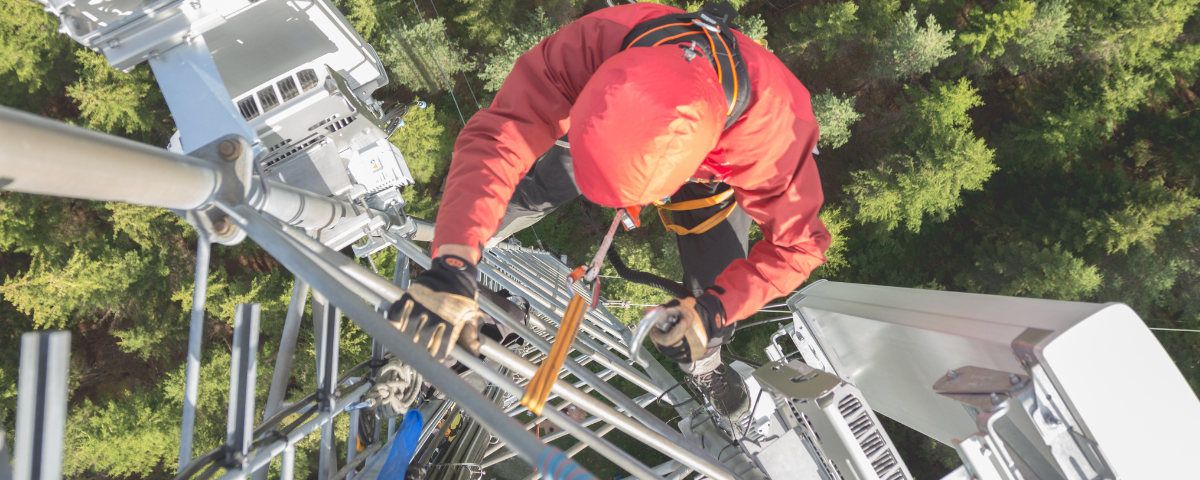
Working at height scenarios present a set of unique challenges and risks that require truly careful consideration and preparation. No matter what industry you’re in, when performing tasks at elevated positions, strict adherence to safety protocols and the use of appropriate equipment is a demand not at option.
Where might I see working at height operatives?
Working at height scenarios stretch far and wide, but here just a few of the more common applications you’re more than likely familiar with.
Construction:
Construction projects often span different heights, from erecting structures and buildings from skyscrapers to rollercoasters, installing roofs, and performing facia work.
Maintenance:
Maintenance workers may need to access elevated areas when repairing equipment, servicing utilities such as powerlines, or conducting inspections prior to work.
Cleaning:
Window and other industrial cleaners routinely operate at heights, cleaning exterior surfaces of buildings, bridges, roofs etc.
Rescue Operations:
Emergency response teams often work at heights during rescue missions, for example high-rise building evacuations.
Procedures for Working at Height
At LES, we recommend taking working at height very seriously, with careful planning deemed as necessary to undertake work safely. Here, we have prepared a few simple procedures that we believe will help you achieve optimal safety when in an elevated situation.
Risk Assessment:
Before commencing any work at height, a thorough risk assessment MUST be conducted to identify any potential hazards, and implement any appropriate control measures.
Planning:
As already mentioned, proper planning is essential. We can’t stress enough. Planning should included the selection of the most suitable equipment to perform the tasks, establishing emergency procedures, and coordinating tasks between onsite staff.
Training:
It is recommended that workers receive adequate training on working at heights, in areas such as how to use equipment properly and safely, any emergency procedures in place, and any risk mitigation strategies discussed during the planning/risk assessment phase.
Fall Protection:
Managers should implement effective fall protection measures, such as guardrails, safety, nets, and personal all arrest systems in order to pre-empt and prevent falls, minimising the risk of injury.
Equipment Selection:
As with any task, selecting the right equipment is vital. Using incorrect equipment can not only be detrimental to efficiency and productivity, but could put employee safety in danger. Only ever use the correct equipment for the job. If unsure, contact a member of the LES team.
Equipment Inspection:
Regular inspection and maintenance of equipment such as ladders and scaffolds is necessary, with daily checks and inspections of safety harnesses and any lifting equipment, such as hoists, vital to ensuring optimal safety and reliable operation.
Communication:
Ensure and maintain clear communication between workers, supervisors, and other site staff when coordinating and undertaking activities. Always relay safety instructions in a clear and concise manner, and respond to any emergencies effectively.
What equipment will I see when working at height?
The types of equipment utilised when working at height varies depending on the application and job. Here is a list (non-exhaustive) of commonly used height associated equipment:
Personal Fall Protection
- Safety Harnesses: Worn by workers to safely attach themselves to a secure anchor point preventing a fall. A wide range available from single, 2-, 3, and 5-point, as well as female-only models.
- Lanyards & Lifelines: Devices that are used to connect the harness to an anchor point and provide additional fall protection.
- Helmets: Protects wearers against head injuries from falling objects and collisions.
Access Equipment
- Scaffolding: A temporary structure used to offer a stable working platform at multiple heights.
- Ladders: A portable device used for accessing elevated areas.
- Mobile Elevated Work Platforms (MEWPs): Hydraulic platforms mounted on vehicles or trailers, enabling workers to reach elevated positions easily. Includes: work platforms, cages, ladder hoists, cherry pickers etc.
Fall Protection Systems
- Guardrails & Toeboards: Barriers installed along the edges of elevated platforms to prevent falls. Often seen on cherry pickers and window washing apparatus.
- Safety Nets: Nets positioned below work areas to catch falling workers or any debris.
- Anchor Points: Secure attachment points for connecting fall protection equipment.
Considering the risks associated with working at height will help you put in place the appropriate measures to ensure all staff remain safe throughout each individual task. To support, the HSE have put together some guidance in the form of a step-by-step guide to working at height VIEW HERE
Working at Height Collections
THE LAW
The Work at Height Regulations 2005 has been developed to prevent death and injury caused by a fall from height. As an employer or building owner/facilities manager who control any movement at height, this regulation applies to you.
Any employer, or staff member in control of any height activity work, you must make sure that any works are properly planned supervised, and carried out only by competent personnel. This includes using the right equipment and undertaking risk assessments.
Employees also have general legal duties to take reasonable care of themselves and other who may be affected by their actions, and to cooperate with their employers directions to facilitate the health and safety of others.
